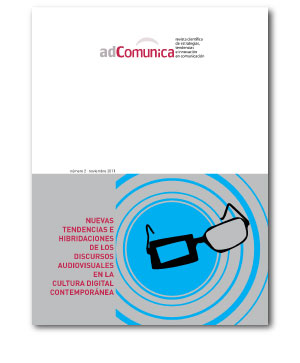Too many photographs? Photography as user generated content
Article Sidebar

Main Article Content
Photographs now saturate the virtual world in a way that bears comparison with the ubiquity they accrued in the actual world across the 19th and 20th centuries. In the context of Web. 2.0, photography has become part of an information economy. Popular and snapshot photography can be understood as a forerunner of one of the Web 2.0’s key characteristics: user generated content. Photography was also the medium that flooded the world with images on an unprecedented scale and from its inception challenged society’s ability to classify, order, and manage their vast numbers. Now, in their supercharged digital and networked form they may become part of a surfeit, an instability and crisis of information; a digital dark age. In taking such a perspective we are alerted to a neglected history in which the distance between the computer and the camera is reduced even as we see photography entering new contexts and new relations between camera, bodies and practices evolving. In the light of this, I raise the question of how are we to value popular photography now?